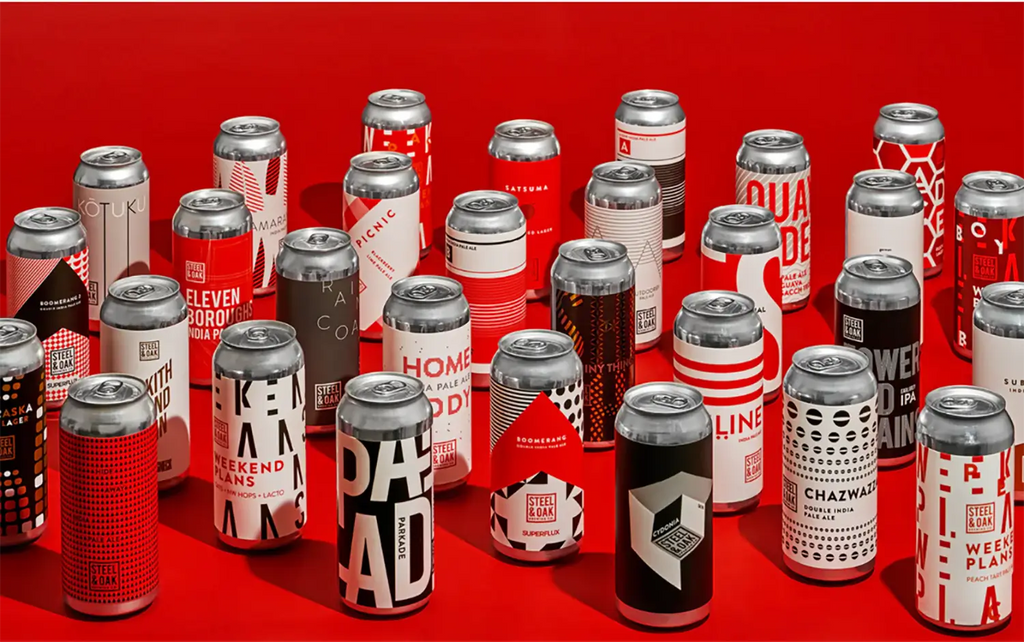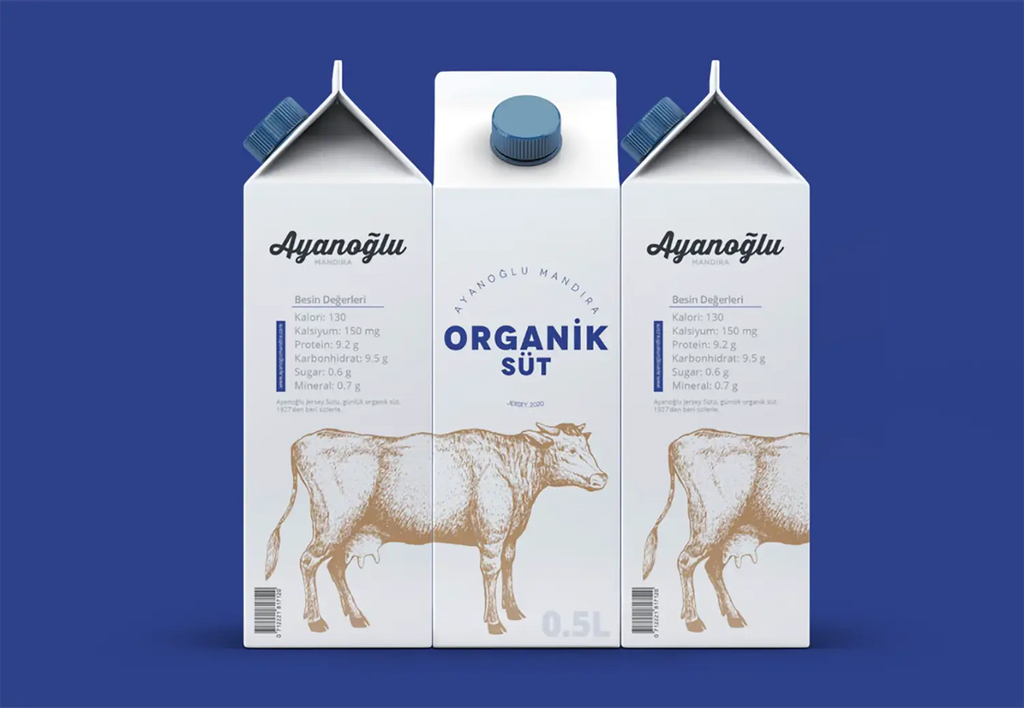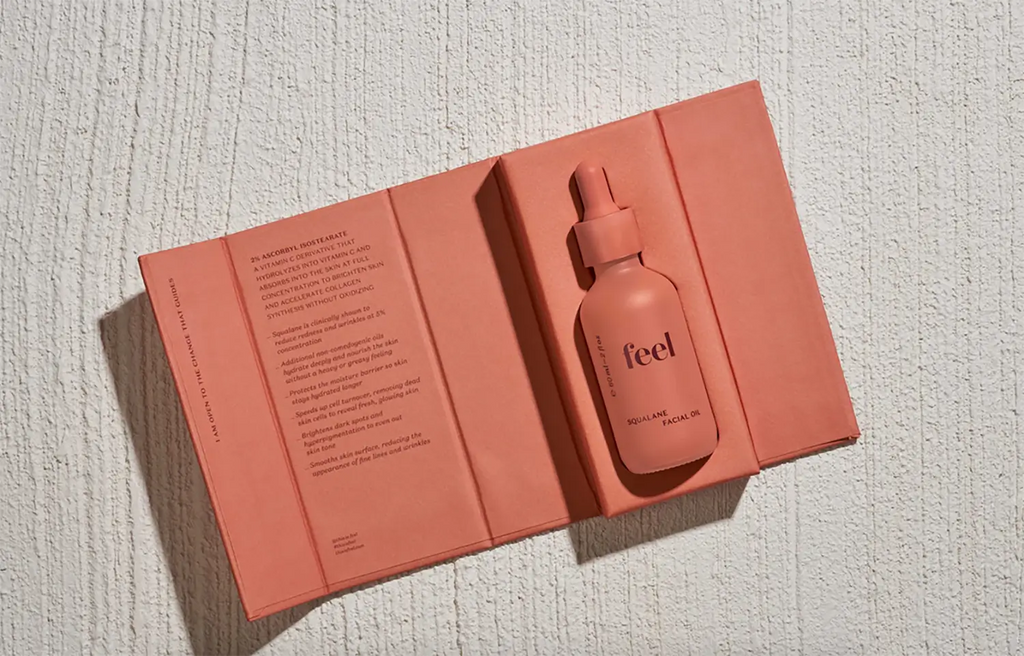10 Easy Steps to Create Effective Packaging Design

Source: Best Studio, Steel & Oak Small Batch Cans, Behance, https://www.behance.net/gallery/111446649/Steel-Oak-Small-Batch-Cans
Packaging design is not just about aesthetics; it serves as the first point of interaction between your product and potential customers. An effective packaging design not only captures attention but also communicates your brand’s values and persuades consumers to make a purchase. Understanding the fundamentals of effective packaging design is essential for any business looking to make a lasting impression.
This guide outlines ten easy steps that can help you design packaging that stands out on the shelves, enhances the customer experience, and aligns with your marketing objectives. From selecting the right materials to emphasizing brand identity and ensuring user convenience, these steps provide a strategic approach to creating packaging that not only looks great but is practical and appealing to your target audience.
Packaging design is much more than just the first impression a product makes; it's a pivotal element in branding and consumer interaction. Whether you’re launching a new product or rethinking an existing package, effective packaging design can significantly influence consumer behavior and brand perception. The primary function of packaging is to protect the product, but its importance extends into areas like marketing, brand recognition, and user experience. This article outlines ten easy steps to guide you through the process of creating a packaging design that is not only visually appealing but also strategically sound.
Define Your Brand Identity
In the realm of packaging design, establishing a strong brand identity is paramount. This critical step ensures that your packaging not only attracts attention but also resonates deeply with your target audience, reinforcing your market position. To define your brand identity, start by articulating what your brand stands for—its core values, personality, and the emotions you want to evoke in consumers. This identity should be the foundation for every design element you choose, from colors and fonts to imagery and text.
Consistency is key in packaging design. Ensure that every piece of packaging, whether it's for different products or varied sizes, communicates your brand identity uniformly. This coherence builds recognition and trust among consumers, making your products easily identifiable on crowded shelves. Think of your packaging as an ambassador of your brand; it should tell your brand’s story at a glance.
Choose the Right Materials
Choosing the right materials for your packaging design is crucial not only for aesthetics but also for functionality and sustainability. The materials you select should protect your product from damage, comply with industry standards, and align with your environmental values if sustainability is a part of your brand ethos.
Begin by considering the physical requirements of your product. Does it require airtight packaging, rigid boxes, or perhaps something flexible? Material choices such as cardboard, plastic, glass, or metal have different impacts on the product’s integrity and the brand’s carbon footprint. For example, biodegradable materials can enhance your brand's appeal to environmentally conscious consumers and differentiate your product in a competitive market.
Additionally, the tactile experience of your packaging can influence consumer perception. The texture, weight, and even the sound of the packaging when it’s opened can contribute to the overall customer experience. These sensory aspects should not be overlooked as they can significantly enhance the perceived value of your product.
Economic considerations are equally important. Evaluate the cost implications of different materials and balance them with the desired quality and customer experience. Investing in higher-quality materials might increase upfront costs but can lead to greater customer satisfaction and reduced damage rates, which in turn can decrease return costs and enhance brand reputation.
Consider Functionality
Functionality should be at the forefront of your packaging design strategy. Effective packaging is not only visually appealing but also practical and user-friendly. Start by considering the primary function of the packaging: Is it to protect the product, to be easily stored, or to facilitate usage? Each of these functions requires different design considerations.
For instance, if product protection is paramount, choose materials and designs that offer sufficient cushioning and durability during shipping and handling. If ease of use is a key concern, think about how consumers will open, use, and re-use or dispose of the packaging. Features such as resealable closures, clear usage instructions, or ergonomic shapes can significantly enhance the user experience.
Moreover, consider the retail environment where the product will be displayed. Packaging that is easy to stack, hang, or stand out visually on shelves can make a big difference in sales performance. The functionality of the packaging should also reflect the brand’s core values, whether that means being eco-friendly, luxurious, or user-centric.

Source: Elif Sahin Karac, AYANOGLU Milk Packaging Design, Behance, https://www.behance.net/gallery/112616243/AYANOGLU-Milk-Packaging-Design
Keep It Simple
Simplicity is key in effective packaging design. In a world where consumers are bombarded with visual information, a clear and concise packaging design can make your product stand out. Simplifying your design involves more than minimalistic aesthetics; it’s about focusing on the essentials of your brand and product.
Start by identifying the core elements that need to be on the packaging, such as your brand logo, product name, and necessary legal information. Prioritize clarity in conveying what the product is and what it does. Use clean lines, simple shapes, and a limited color palette to create a visually appealing and easily recognizable design.
The typography chosen should be readable at various sizes and from different angles. Avoid using multiple font styles and stick to one or two that align with your brand’s personality. When it comes to imagery, select one or two strong images or graphics that encapsulate the essence of the product rather than cluttering the design with multiple pictures.
Use Color Wisely
Color is a powerful tool in packaging design, capable of attracting attention and influencing consumer perceptions and behaviors. When used wisely, color can differentiate your product on the shelf, evoke emotions, and reinforce your brand identity. To optimize the impact of color in your packaging design, consider the psychology of colors and how different hues can affect purchasing decisions.
Start by understanding your target audience and the associations they might have with specific colors. For example, blue often conveys trust and reliability, making it a good choice for health-related products. Green is associated with nature and sustainability, ideal for organic or eco-friendly items. Bold colors like red can create a sense of urgency or attract impulse buyers, while softer tones like pastel pink might appeal to a younger, trend-sensitive audience.
It’s also crucial to ensure that the colors you choose stand out against competitors while remaining consistent with your brand’s overall aesthetic. Test various shades in the context of store lighting and alongside competing products to see how they perform in real retail environments.
Incorporate Engaging Graphics
Graphics are essential in packaging design, serving as visual storytellers that can convey your brand’s message and connect emotionally with consumers. Engaging graphics can transform a simple package into a compelling purchase proposition. To effectively incorporate graphics into your packaging, start by aligning them with your brand’s identity and the product’s attributes.
Choose imagery that reflects the qualities of the product inside—whether it's the freshness of food, the luxury of a cosmetic item, or the ruggedness of outdoor gear. Graphics should be more than just decorative; they should communicate key product benefits and differentiate your brand from competitors.
Consider the use of modern design elements like geometric patterns or abstract art if they enhance your brand's narrative. Ensure that the graphics are visually appealing and visible from different angles and distances, as packaging often needs to catch the eye of a consumer from afar on crowded shelves.
Use high-quality images to avoid any blurring or distortion, which can detract from the perceived quality of the product. Also, think about how graphics can interact with other elements like text and color to form a cohesive and attractive design.
Focus on Typography
Typography in packaging design is crucial not only for aesthetic appeal but also for readability and brand recognition. Choosing the right typeface can profoundly impact how your message is communicated and received by the target audience. When focusing on typography, consider legibility and the emotional impact of font choices.
Select fonts that are easy to read at various sizes and distances, particularly for essential information like product names and ingredients. A clear, bold font ensures that your packaging can be easily understood at a glance—a critical factor in busy retail environments. Consider also the weight and spacing of the typography; too tight or too light can affect readability.
The style of the font should align with your brand personality. Elegant serifs can convey sophistication and are suitable for luxury products, while sans-serif fonts might project a modern and approachable feel. When used consistently, specific typefaces can become part of your brand’s identity, making your products readily identifiable on shelves.
Additionally, be mindful of the color contrast between the text and the background to ensure that the typography stands out effectively without straining the eye. Avoid overly decorative fonts for critical information to maintain clarity.

Source: Arithmetic, Feel Skincare Branding & Packaging, Behance, https://www.behance.net/gallery/107276795/Feel-Skincare-Branding-Packaging
Highlight Key Information
Highlighting key information on packaging is essential for transparency and consumer trust. This practice involves strategically placing crucial product details where they are most likely to catch the consumer’s eye. Focus on information that influences buying decisions, such as nutritional facts for food products, ingredients for cosmetics, or usage instructions for gadgets.
Start by identifying what information is most important to your target audience. For health-conscious consumers, highlight nutritional benefits or allergen information. For eco-friendly products, prominently display any sustainable certifications or eco-friendly materials used.
Use bullet points, icons, or different color highlights to make this information easily digestible at a glance. Such visual differentiation helps consumers quickly understand the product’s features and benefits without having to read through dense text, facilitating faster and more confident purchasing decisions.
Consider the hierarchy of information; place the most critical details in the most prominent positions, such as the front of the package or near the top where eyes naturally tend to look first. Less critical information can be placed on the back or sides.
Make It Scalable
Scalability in packaging design is crucial for maintaining brand consistency across different product sizes and variations. A scalable design ensures that your packaging looks cohesive and identifiable, regardless of the physical dimensions or specific market adaptations. This approach not only reinforces brand recognition but also optimizes production and design costs.
To achieve scalability, start by creating a flexible template that includes key brand elements such as logos, color schemes, and typography. These elements should be adaptable to various packaging sizes and shapes without losing their aesthetic appeal or brand identity. Consider using modular designs that can be rearranged or scaled up and down while maintaining the integrity of the visual layout.
Incorporate elements that are visually impactful yet simple enough to be effective on smaller packages. For instance, a distinctive logo or a signature color can be recognized at any size and helps unify the product line. Also, ensure that critical information, like the brand name and essential product details, remains legible on smaller packages.
Consider Unboxing Experience
The unboxing experience is an often-overlooked aspect of packaging design that can significantly enhance customer satisfaction and brand perception. A memorable unboxing experience turns a routine action into a special moment, encouraging positive reviews and shared social media content, which can boost brand visibility and appeal.
To design an impactful unboxing experience, focus on the sensory and emotional elements of opening the package. Use materials that feel pleasant to the touch, and consider the sounds and visuals that accompany the unboxing. For example, the crisp sound of unwrapping paper or the smooth slide of a well-fitted box can amplify the anticipation and pleasure of revealing the product.
Strategically place surprises or messages inside the packaging to create moments of delight. These could be thank-you notes, stickers, or small samples of other products. Such personal touches not only make the unboxing memorable but also build a stronger emotional connection with the brand.
Additionally, ensure that the packaging is easy to open and that the layout inside is organized in a way that makes the product the hero of the show. Avoid excessive packaging to minimize frustration and waste, aligning with consumer preferences for sustainability.
Conclusion
Effective packaging design transcends mere aesthetics, serving as a crucial bridge between your brand and consumers. By implementing these ten easy steps, you can create packaging that not only stands out on the shelf but also resonates with your target audience, enhances user experience, and supports your brand identity. Remember, thoughtful design is an investment in your brand's future, fostering recognition, trust, and customer loyalty. As you refine your packaging strategy, keep in mind that every element from typography to materials plays a pivotal role in shaping consumer perceptions and driving your product's success.
Let Us Know What You Think!
Every information you read here are written and curated by Kreafolk's team, carefully pieced together with our creative community in mind. Did you enjoy our contents? Leave a comment below and share your thoughts. Cheers to more creative articles and inspirations!















1 comment
I LOVE WHAT YOU SAID.
saher sou
Leave a Comment